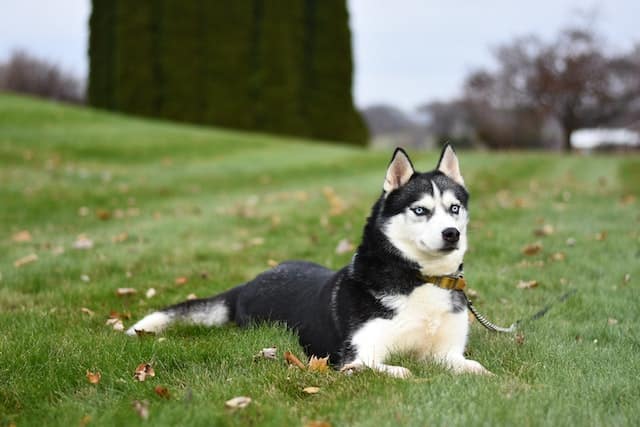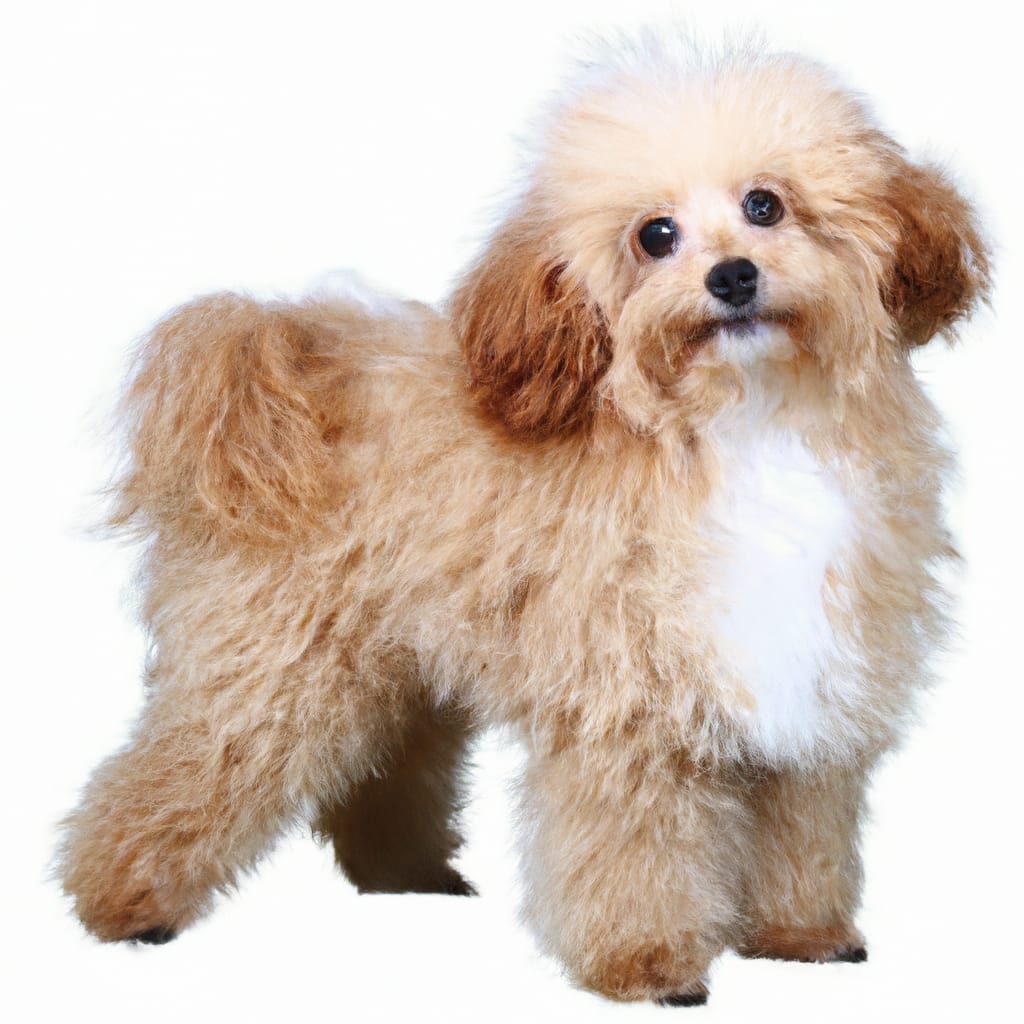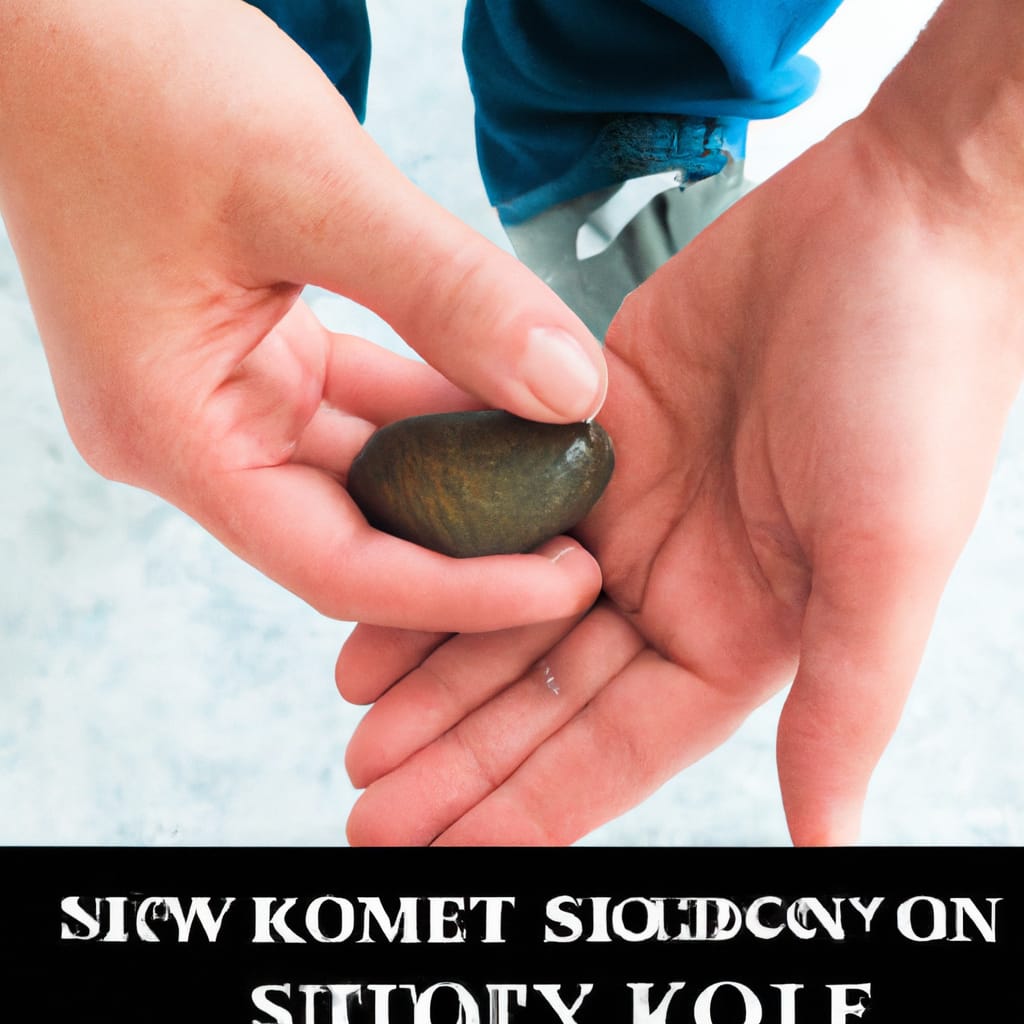Huskita | Akita Siberian Husky Mix Dog Breed Information
If you’re in search of an incredibly charming and energetic canine companion, look no further than the Huskita. This unique hybrid breed combines the strengths and stunning features of both the Akita and the Siberian Husky, resulting in a truly remarkable dog. In this article, we’ll uncover all the essential information you need to know about the Huskita breed, from their temperament and appearance to their exercise needs and grooming requirements. Get ready to fall in love with this delightful crossbreed!
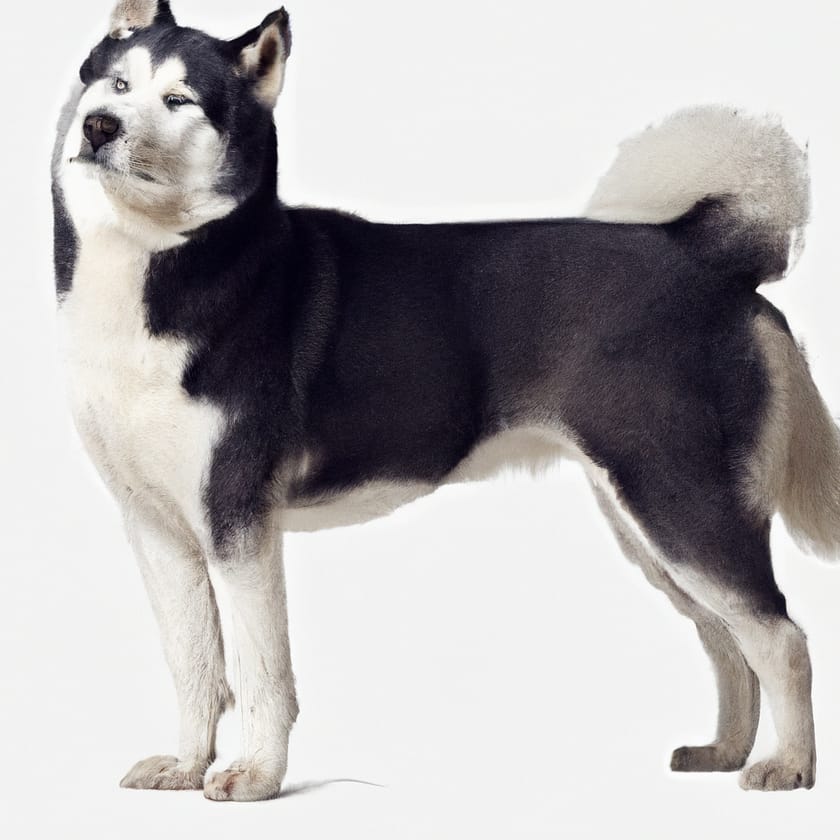
Appearance and Size
Physical Appearance
The Huskita, also known as the Akita Siberian Husky Mix, is a striking and handsome dog breed with a unique blend of characteristics inherited from its Akita and Siberian Husky parents. This mixed breed often inherits the sturdy and powerful build of the Akita, combined with the distinctive almond-shaped eyes and erect ears of the Siberian Husky. It has a well-proportioned body, a broad chest, and a strong, muscular neck. The Huskita’s face typically showcases a blend of both parent breeds’ facial features, resulting in an expressive and captivating expression.
Size
In terms of size, the Huskita is a medium to large-sized dog. On average, male Huskitas can reach a height between 24 to 28 inches at the shoulder, while females typically stand slightly smaller, ranging from 22 to 26 inches. As for weight, males usually weigh between 70 to 110 pounds, with females weighing slightly less, averaging between 60 to 90 pounds. It’s important to note that each Huskita can vary in size depending on the genes inherited from its Akita and Siberian Husky parents.
Coat Color
The Huskita’s coat color can vary greatly, ranging from solid colors like black, white, and brown to various combinations of these shades. Some Huskitas may also exhibit stunning coat patterns and markings, such as brindle or sable. The coat’s texture can be dense, double-layered, and slightly coarse, providing insulation and protection against harsh weather conditions. This mixed breed often inherits the thick, plush coat of the Siberian Husky, making it well-suited for colder climates.
Temperament
Personality Traits
Huskitas are known for their friendly and affectionate nature, which makes them great companions for individuals and families alike. They possess a loyal and protective instinct, making them excellent watchdogs. While they may be wary of strangers, they tend to be amicable and gentle with their loved ones. Due to their Akita heritage, they may display a strong sense of independence and assertiveness, requiring consistent training and socialization to ensure proper behavior and obedience.
Intelligence
The Huskita is a highly intelligent breed, inheriting its intelligence from both the Akita and Siberian Husky parents. This mixed breed thrives on mental stimulation and enjoys engaging in challenging activities that require problem-solving skills. With the right training techniques and positive reinforcement, Huskitas can quickly grasp commands and tricks, making them a joy to train and work with.
Trainability
Training a Huskita requires patience, consistency, and positive reinforcement. With its strong-willed nature, this mixed breed may exhibit some stubbornness at times, but with proper training and socialization from an early age, they can become well-behaved and obedient companions. Utilizing rewards-based training methods and keeping training sessions interesting and varied will help maintain their focus and enthusiasm. Enrolling in obedience classes or seeking professional guidance can also be beneficial, especially for first-time owners.
Exercise and Training Needs
Exercise Requirements
As a mix of two active breeds, Huskitas have a high energy level and require plenty of exercise to keep them physically and mentally satisfied. Daily exercise is essential to prevent boredom and potential destructive behaviors. Ideally, they should engage in activities such as brisk walks, jogs, or runs, as well as interactive play sessions. Providing them with opportunities for off-leash exercise in securely fenced areas is also highly beneficial.
Mental Stimulation
In addition to physical exercise, Huskitas need mental stimulation to prevent boredom. Interactive puzzle toys, obedience training, and engaging in activities like agility or scent work can help keep their minds sharp and occupied. Huskitas have a strong prey drive, so incorporating games that tap into their natural instincts, such as hide-and-seek or fetch, can provide mental enrichment and keep them entertained.
Training Tips
To ensure successful training sessions, it is important to establish yourself as a confident and consistent leader. Use positive reinforcement techniques, such as treats, praise, and rewards, to motivate and encourage positive behavior. Consistency is key, as Huskitas can become easily bored with repetitive training exercises. Keep sessions short and varied, incorporating play and fun elements into the training routine. Socialization is also crucial, exposing them to different people, animals, and environments from an early age to promote well-rounded behavior.
Grooming
Coat Maintenance
The Huskita has a thick, double-layered coat that requires regular maintenance to keep it healthy and looking its best. Brushing the coat at least once or twice a week helps remove loose fur, dirt, and tangles. During shedding seasons, which occur twice a year, Huskitas experience heavy shedding and may require more frequent brushing to reduce the amount of loose hair in the house. Investing in a quality deshedding tool can be extremely helpful in managing their shedding.
Bathing
Huskitas do not require frequent bathing unless they get particularly dirty or develop an odor. Bathing them every two to three months is typically sufficient to keep their coat clean and free from dirt. When bathing, it is important to use a mild, dog-specific shampoo that won’t strip their coat of its natural oils. Additionally, be cautious not to bathe them too frequently, as it can dry out their skin and lead to irritation.
Ear Cleaning
Regular ear cleaning is essential to prevent ear infections and maintain good ear health. Check their ears on a weekly basis for any signs of redness, irritation, or wax buildup. Gently clean the outer part of their ears using a cotton ball or a soft, damp cloth. Avoid inserting anything into the ear canal, as it can cause damage. If you notice any signs of infection or discomfort, consult your veterinarian for further guidance.
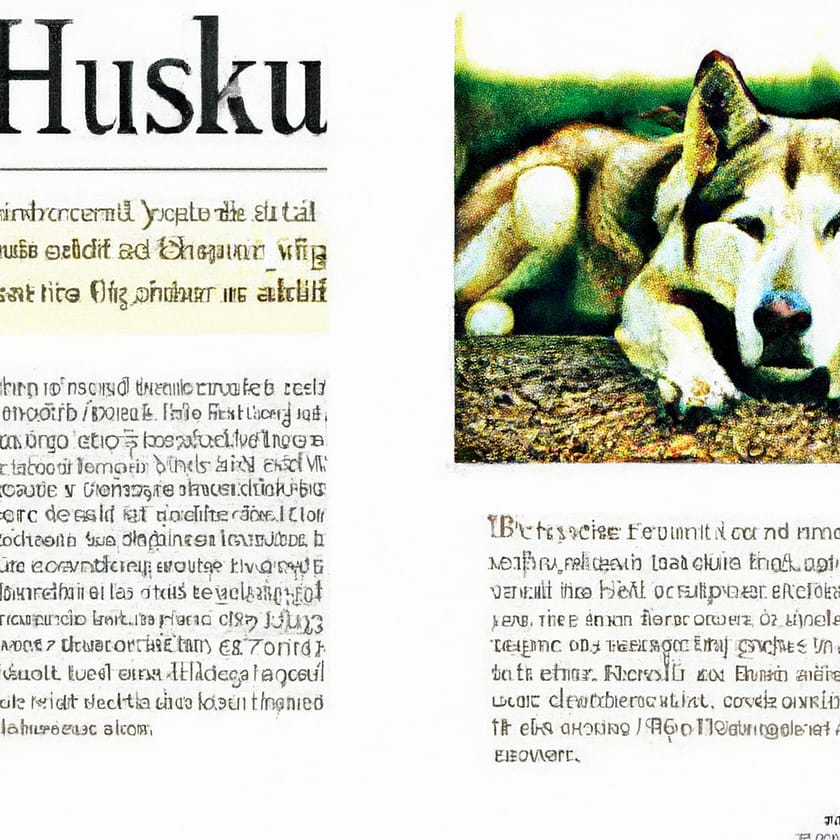
Health and Lifespan
Common Health Issues
As with any dog breed, Huskitas may be prone to certain health issues inherited from their Akita and Siberian Husky parents. While not all Huskitas will develop these health conditions, it’s important to be aware of the potential risks. Some health concerns to watch out for may include hip dysplasia, progressive retinal atrophy (a degenerative eye disorder), hypothyroidism, and autoimmune disorders. Regular veterinary check-ups, a balanced diet, exercise, and a loving environment can help maintain their overall health and well-being.
Lifespan
On average, Huskitas have a lifespan of around 10 to 15 years. Proper care, regular exercise, a nutritious diet, and routine veterinary care can contribute to a longer and healthier life for your beloved Huskita companion.
Potential Genetic Conditions
The Huskita, being a mixed breed, has the potential to inherit genetic conditions from both its Akita and Siberian Husky parents. It is therefore important to research and find a reputable breeder who conducts appropriate health testing on their breeding dogs to minimize the risk of passing on genetic conditions. A responsible breeder will be able to provide documentation of health clearances from certified veterinary professionals.
Feeding and Nutrition
Dietary Needs
Proper nutrition is essential for Huskitas to support their energy levels, overall health, and vitality. Their diet should consist of high-quality, balanced dog food that meets their specific nutritional requirements. Opt for a diet formulated for medium to large-sized active dogs and ensure it contains a good balance of proteins, fats, carbohydrates, vitamins, and minerals. Consulting with a veterinarian or canine nutritionist can help determine the appropriate diet for your Huskita based on their age, activity level, and overall health.
Portion Control
As Huskitas are prone to overeating and obesity, it is important to monitor their portion sizes to prevent weight gain. Feeding them two to three smaller meals throughout the day, rather than one large meal, can help prevent bloating and aid in digestion. The exact portion size will depend on your Huskita’s age, weight, and activity level. It is advisable to consult with your veterinarian to determine the appropriate portion sizes for your individual dog.
Special Dietary Considerations
Some Huskitas may have specific dietary considerations or sensitivities, so it’s important to be observant and monitor their response to different foods. If you notice any signs of allergies, digestive issues, or food intolerances, consult with your veterinarian to determine if a specialized diet is necessary. Additionally, ensure that your Huskita always has access to fresh water to stay hydrated, especially during periods of increased activity or warmer weather.
Living Conditions
Suitable Environment
Huskitas can adapt to different living environments, whether it be a spacious suburban home with a yard or an apartment in an urban setting. However, their active nature and larger size make them better suited to homes with ample space for exercise and play. Providing a securely fenced yard allows them to safely explore and burn off energy. It is important to note that Huskitas may not do well in homes where they are left alone for long periods, as they thrive on human companionship and can become prone to separation anxiety.
Space Requirements
Due to their larger size and high energy level, Huskitas require a reasonable amount of space to move around and exercise comfortably. While they can adapt to apartment living with regular exercise and mental stimulation, it is important to ensure they receive adequate daily exercise and have access to outdoor areas where they can stretch their legs. Living in a house with a backyard is ideal, as it provides them with the freedom to explore and play.
Climate Considerations
Given their Siberian Husky heritage, Huskitas can generally tolerate colder climates better than warmer ones. However, proper precautions should still be taken to protect them from extreme temperatures. In hotter climates, providing access to shade, plenty of fresh water, and air-conditioned indoor spaces is essential to prevent heatstroke. Additionally, avoiding strenuous exercise during the hottest parts of the day and opting for early morning or evening walks can help keep them comfortable.
Family Compatibility
Suitable for Families
Huskitas can be excellent additions to families, bringing joy, playfulness, and loyalty to the household. Their affectionate and protective nature often makes them wonderful companions for both adults and children. However, due to their larger size and potentially strong-willed personality, they may be better suited to families with older children who can understand and respect their boundaries.
Interaction with Children
When properly socialized and raised alongside children, Huskitas can develop strong bonds with them and become playful and patient companions. However, supervision is necessary, especially with younger children, to ensure safe and appropriate interactions. Teaching children how to approach and interact with dogs respectfully is also important to avoid any potential misunderstandings or accidents.
Compatibility with Other Pets
The compatibility of Huskitas with other pets can vary depending on their individual temperament and socialization experiences. Early socialization and proper introductions are crucial when introducing a Huskita to other pets, especially smaller animals like cats and small dogs. Monitoring their interactions and providing a safe and controlled environment can help foster positive relationships between Huskitas and other pets.
Rescue and Adoption
Finding a Huskita for Adoption
If you are interested in adopting a Huskita, several avenues can be pursued. Start by researching local animal shelters, rescue organizations, and Huskita-specific rescues. These organizations often have mixed breed dogs available for adoption, including Huskitas. Additionally, online resources and websites dedicated to pet adoption can also be valuable in finding a Huskita in need of a loving home.
Adoption Process
When adopting a Huskita or any other dog, the adoption process typically involves filling out an application, providing references, and going through an interview process. Some rescues may require a visit to your home to ensure it is a suitable environment for the dog. Adoption fees are usually charged to cover the costs of vaccinations, spaying/neutering, and other necessary medical treatments. It is important to carefully review and understand the adoption agreement before proceeding with the adoption process.
Rescue Organizations
There are several rescue organizations and shelters that specialize in Huskita and mixed breed rescues. These organizations work tirelessly to provide temporary care and find loving homes for Huskitas in need. Some well-known rescue organizations include the Akita Club of America Rescue Program and the Siberian Husky Rescue Organization. Reach out to these organizations to inquire about available Huskitas or to receive guidance on the adoption process.
Breeder Considerations
Finding a Reputable Breeder
When looking to purchase a Huskita from a breeder, it is essential to find a reputable breeder who prioritizes the health and well-being of their dogs. Researching and finding a breeder with a good reputation, positive reviews, and a commitment to responsible breeding practices is crucial. Look for breeders who are transparent about their breeding program, conduct health tests on their breeding dogs, and provide proper documentation for the puppies’ lineage.
Health Testing
Responsible breeders should conduct health tests on their breeding dogs to minimize the risk of passing on genetic conditions to the offspring. Health tests commonly recommended for Huskitas include hip and elbow evaluations to screen for dysplasia, ophthalmologist evaluations to check for any eye abnormalities, and thyroid testing to assess for potential thyroid disorders. Ask the breeder about the health testing they have conducted on the parents and request documentation to ensure their claims.
Documentation
A reputable breeder should provide proper documentation, including health clearances, vaccination records, and registration papers, to verify the lineage and health of the Huskita puppies. Ensure that you receive copies of the necessary documentation before finalizing the purchase. Responsible breeders often have a waiting list for their litters, so be prepared to wait for the right time and the right breeder to bring a Huskita into your life.








